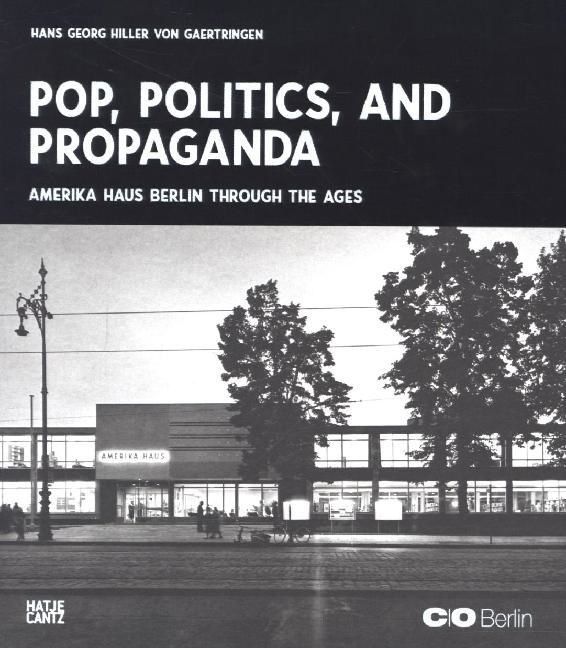Read more
Millionen Berliner informierten sich in seiner Bibliothek und bei Filmvorführungen. Robert Kennedy und Willy Brandt kamen zu Besuch. Es wurde mit Eiern und Molotow-Cocktails beworfen und mit Stacheldraht gesichert. Lyonel Feininger, Robert Rauschenberg und Gordon Parks stellten hier ihre Werke aus - das Amerika Haus in Berlin stand in den letzten 50 Jahren immer wieder im Brennpunkt kultureller und politischer Diskussionen und internationaler Kontroversen. Zudem ist es ein architektonisches Kleinod - gebaut 1956/57 von Bruno Grimmek. Der filigrane, offene Bau basiert auf dem Konzept der "idea of space", er ist ein fließender Raum, der durch eine transparente Außenmembran gehalten wird. Ab Herbst 2014 wird das Gebäude das neue Zuhause von C/O Berlin. Aus diesem Anlass zeichnet das Buch die bewegte Geschichte des Amerika Hauses nach - erweitert um Interviews mit Zeitzeugen wie Otto Schily, John Kornblum und Astrid Proll sowie fotografische Dokumentationen und Reflexionen von Jörg Sasse und Michael Disqué.
About the author
Hans G. Hiller von Gaertringen, geb. 1972, Studium der Kunstgeschichte, Russistik und Geschichte in Dresden, Neapel und Berlin.
Summary
Millions of Berliners gained access to information in its library and at screenings of films. Robert Kennedy and Willy Brandt came to visit. It was attacked with eggs and Molotov cocktails, and it was protected by barbed wire. Lyonel Feininger, Robert Rauschenberg, and exhibited their works here—in the course of the last fifty years, the Amerika Haus in Berlin has time and again been the focal point of cultural and political discussions and international controversies.
In addition, it is an architectural gem. Built in 1956–57 by Bruno Grimmek, the delicate, open structure is based on the concept of the “idea of space”—a fluid space that is borne by a transparent exterior membrane.
Beginning in fall 2014, the building will be the new home of C/O Berlin. On this occasion, the book traces the checkered history of the Amerika Haus—supplemented by interviews with contemporary witnesses such as Otto Schily, John Kornblum, and Astrid Proll as well as photographic documentation and reflections by Jörg Sasse and Michael Disqué.

